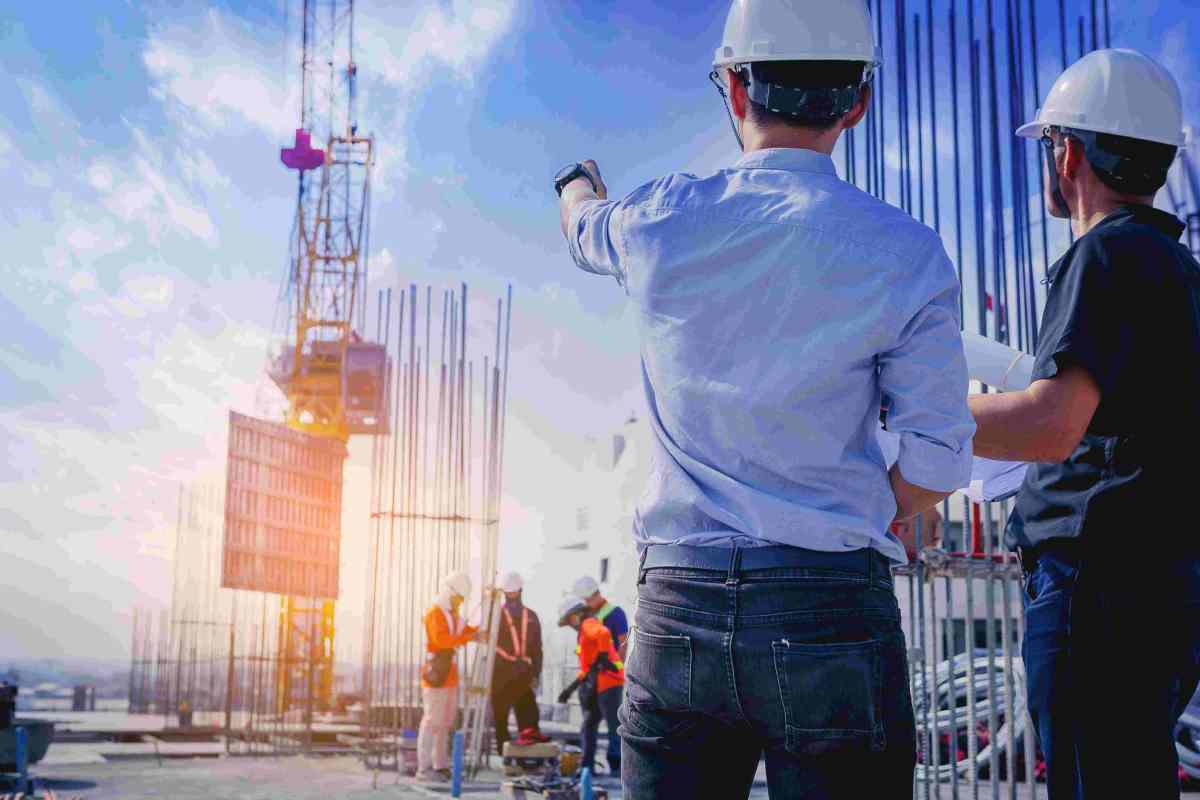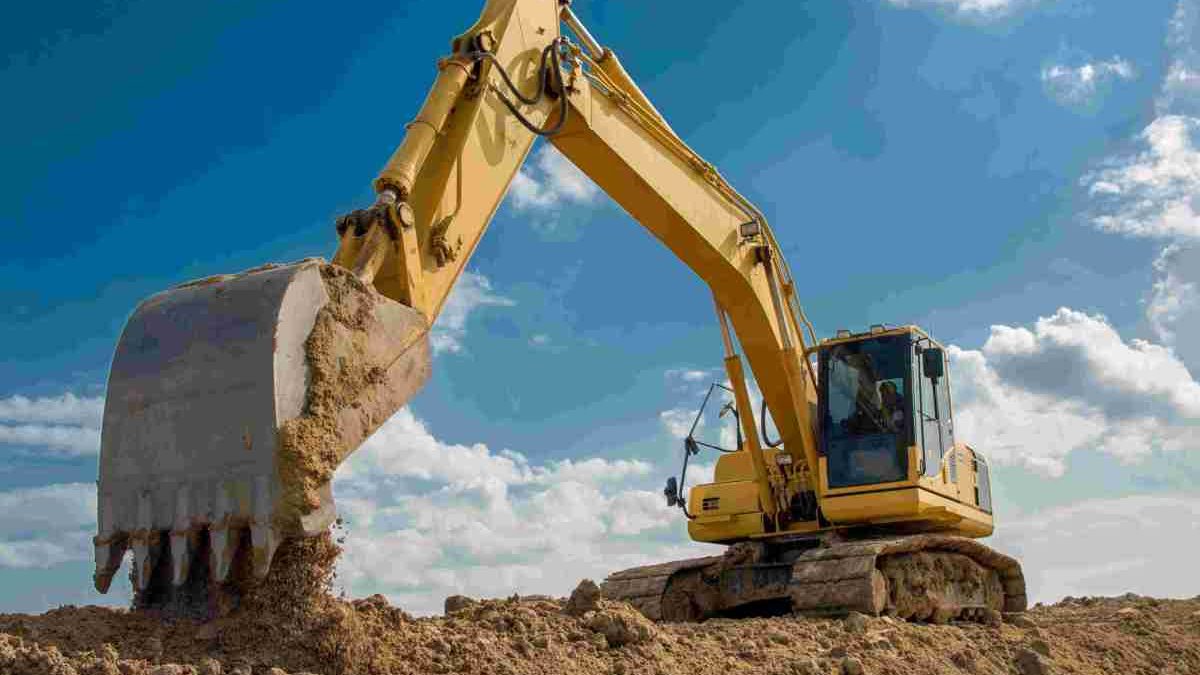Sustainability is no longer optional in the construction industry—it’s a competitive advantage. With rising costs of sustainable materials, stricter regulations on sustainability and energy efficiency conservation in construction operations and practices, and growing client demand for projects with low carbon emissions, adopting sustainable practices can save construction workers money, improve efficiency, and advance sustainability efforts to future-proof your business.
This post will guide you through 10 actionable strategies to reduce waste, cut greenhouse gas emissions, and build greener—without compromising productivity. Read on.
Table of Contents
1. Optimize Material Usage to Minimize Waste
Did you know that poor raw materials planning leads to waste? Here’s how to fix it:
- Use advanced estimating software to calculate the exact quantities needed for construction projects. For instance, a quick run on the numbers would allow you to know how many concrete washout containers are required for your construction project.
- Prefabricate components for commercial buildings off-site using modular construction methods for precision, less on-site waste, and more efficient construction activities.
- Repurpose scraps—leftover wood can be used for blocking, and concrete rubble for backfill. Talk about the wise use of natural resources.
- Implement a just-in-time delivery system to avoid material degradation from long storage.
Small adjustments in material management can lead to less waste which directly improves your bottom line and operational costs.
2. Pick Sustainable Building Materials
Not all materials are created equal. By selecting eco-friendly alternatives, you reduce environmental harm while maintaining (or even improving) quality.
Examples range from recycled steel to reclaimed wood.
Recycled steel uses less energy than virgin steel production. On the other hand, cross-laminated timber (CLT) is a strong, renewable alternative to concrete and steel. Finally, reclaimed wood adds character while promoting green materials use.
Aside from that, using planet-friendly paints and adhesives improves indoor air quality for workers and future occupants.
3. Reduce Energy Consumption On-Site
Construction sites are energy hogs, but simple changes can make a big difference.
Start by switching to solar-powered generators instead of diesel—they’re quieter, cheaper, and have few negative impacts on the planet. Next, use energy-friendly lighting with motion sensors to cut energy costs.
Moving forward, turn off idle equipment—a single bulldozer left running unnecessarily emits tons of carbon footprints per year. Lastly, invest in hybrid or electric machinery—many models now match diesel performance.
Energy-efficient sites aren’t just greener—they’re more cost-effective due to lower fuel and maintenance expenses.
4. Implement Smart Water Management
Water waste is a silent sustainability killer. To promote smart water usage, do the following:
- Collect and reuse rainwater for dust control, concrete curing, and irrigation;
- Install low-flow fixtures in temporary site facilities;
- Use permeable paving to reduce runoff and replenish groundwater; and
- Handle construction waste properly to prevent water pollution.
In drought-prone regions, these practices can also help you avoid project delays due to water restrictions.
5. Recycle and Repurpose Construction Waste
Landfills should be your last resort. A well-planned recycling program can divert a lot of waste away from traditional landfills.
Be smart with how your team handles construction waste. Separate materials on-site (metal, wood, concrete) for easier recycling, crush concrete rubble for use as aggregate in new building projects, and sell scrap metal.
To get the most out of your scraps, you can partner with local recycling centers—many offer pick-up services, solving the issue of waste transport.

6. Upgrade to High-Efficiency Equipment
Older machinery guzzles fuel and spews emissions. Modernizing your fleet pays off.
Switch to fuel-efficient engines, electric excavators, and telematics systems that track fuel use, idle times, and maintenance needs. Aside from making upgrades, regular tune-ups improve overall operational efficiency and extend equipment life.
7. Protect Natural Habitats and Biodiversity
Construction often disrupts local ecosystems and wildlife habitats. Mitigate damage with these steps: conduct an ecological survey before breaking ground, preserve existing trees and vegetation where possible, and make use of erosion control blankets to stabilize soil.
Aside from that, avoid the use of harmful chemicals that can leach into waterways.
Clients increasingly favor contractors who demonstrate sustainable practices in their projects.
8. Train and Engage Your Workforce
Sustainability succeeds only if your team embraces it.
Take note of the following tips for training and engaging your whole team:
- Hold weekly ‘green toolbox talks’ on topics like waste sorting and lowering construction costs.
- Create incentive programs for crews who suggest eco-friendly improvements.
- Certify employees in sustainable construction practices.
Remember: personnel who understand the ‘why’ behind sustainability will comply more eagerly.
9. Go Digital to Cut Paper and Fuel Waste
Technology is a sustainability game-changer. Multiple technologies, ranging from BIM (Building Information Modeling) to AI-powered logistics, reduce errors and rework, eliminate the need to use paper for blueprints and forms, and so on.
In fact, a paperless site isn’t just eco-friendly—it’s more efficient.
10. Design for Future Deconstruction
The buildings of tomorrow should be circular, not disposable. You can try out the following ideas for your construction projects:
- Use modular designs with bolted (not welded) connections for easy disassembly;
- Label materials clearly for future recycling;
- Avoid composite materials that can’t be separated at end-of-life; and so on.
Get ahead of the trend. Many areas and authority bodies now require construction waste recovery practices.
Community Benefits of Sustainable Construction
Sustainable construction goes beyond environmental preservation; it brings a plethora of community benefits that enhance the quality of life for all residents. Firstly, green buildings typically feature improved air quality, which translates to healthier spaces for communities, reducing respiratory issues linked to pollution and allergens. Moreover, by utilizing local materials and hiring local labor, sustainable projects often stimulate local economies and foster job creation, ensuring that the financial benefits circulate within the community. Additionally, sustainable construction can lead to enhanced aesthetics and increased property values as green features become more desirable. These projects often incorporate community green spaces, promoting social interaction and fostering a sense of belonging. Lastly, embracing sustainability sets an example for future developments, paving the way towards a more environmentally conscious society. Ultimately, the ripple effects of sustainable construction positively impact not only the environment but also the social and economic fabric of communities.
The Bottom Line: Sustainability Pays off
Green construction isn’t about sacrifice—it’s about sustainable design and building design while working smarter with green building methods, contributing to a lower carbon footprint. Start with one or two strategies, measure the best ways to achieve results, and expand from there.
Indeed, the benefits are clear. Sustainable building lowers costs, leads to much happier clients who demand sustainable builds, aligns with the goals of the US Green Building Council (USGBC) in the United States, allows for future compliance, and promotes the overall movement for a healthier planet and improved quality of life for future generations.
Your next step: pick one tactic from this list and implement it this month. Small steps lead to big change.

